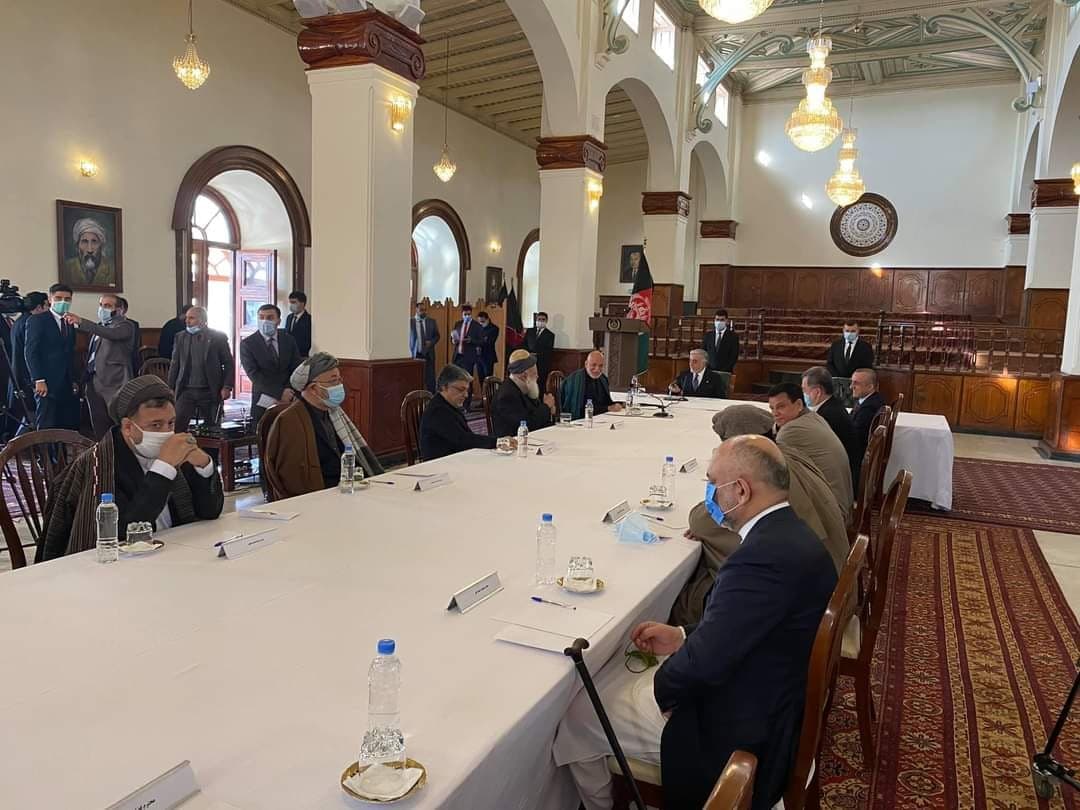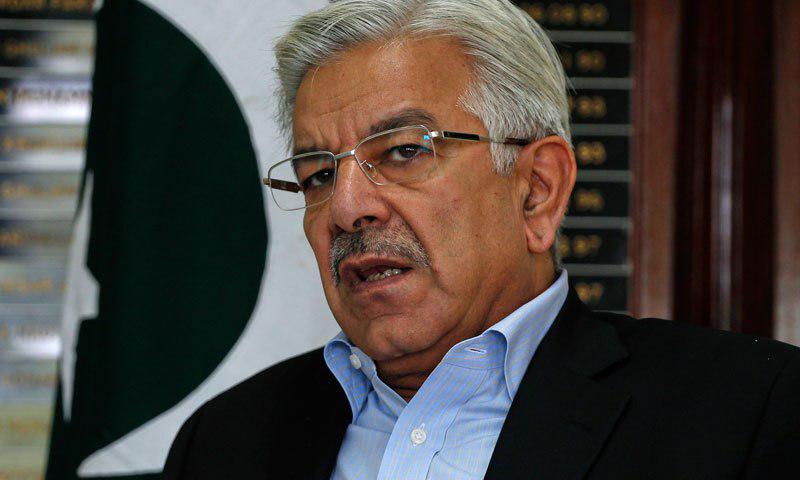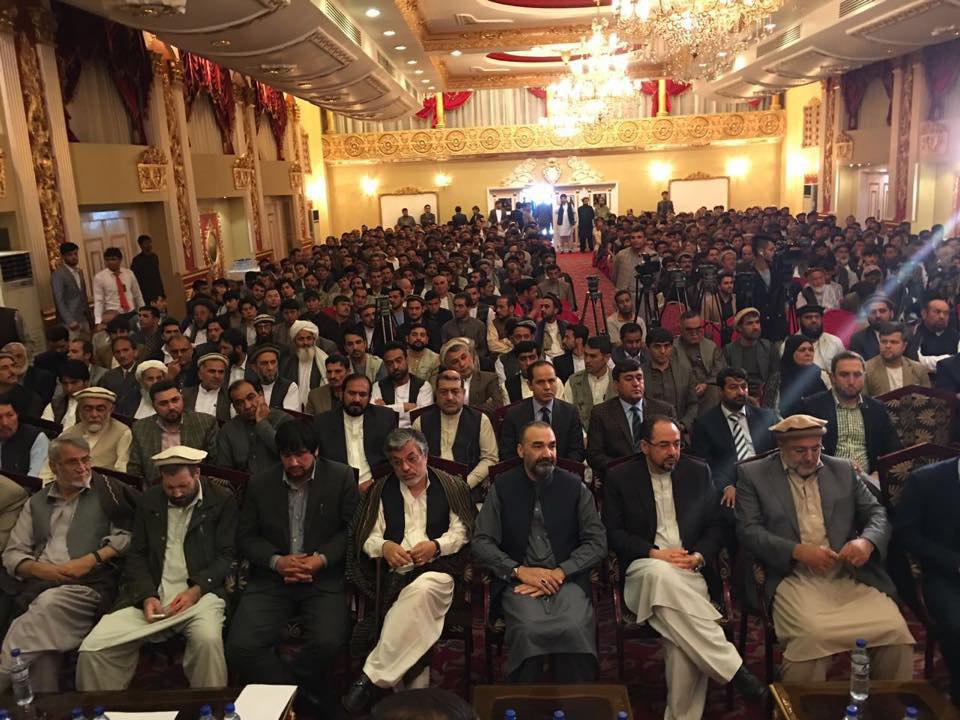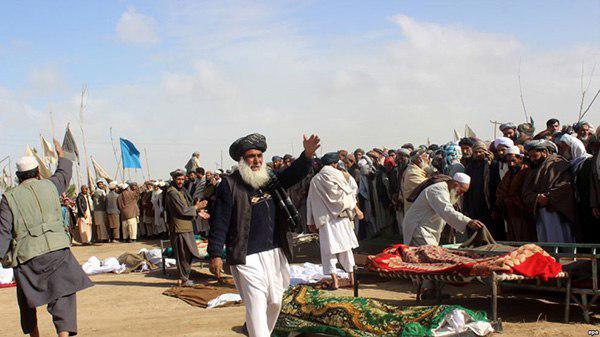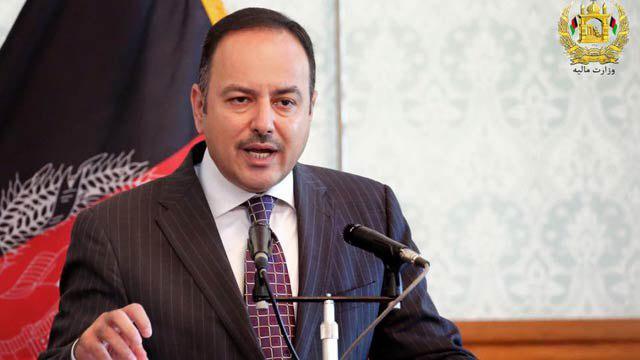Afghanistan in 2020: A year of Hope, Frustration, and Suffering
Afghanistan in 2020: A year of Hope, Frustration, and Suffering
source: Middle East Institute
Optimism is a rare commodity in Afghanistan. Yet early in 2020 hopes soared that a negotiated end to years of brutal civil war was in sight. Intra-Afghan peace talks were scheduled to begin in accordance with a Feb. 29 agreement reached between the U.S. and the Afghan Taliban that also called for the departure of American troops from Afghanistan and the Taliban’s cutting ties to al-Qaeda. The prospect of talks was greeted enthusiastically by the international community, and Qatar offered to host the Taliban and Afghan delegations for their formal deliberations. Polled in March, well over 80 percent of the Afghan people envisioned a successful peace process.

But getting formal talks off the ground proved difficult. In preliminary discussions the two sides wrangled over a series of issues, the most contentious of which was a provision of the bilateral agreement providing for prisoner exchange. It was not until mid-September that delegates actually sat down to negotiate, and it took three months more for them to agree fully on the procedures to govern the talks. The delegations were then expected to begin addressing the difficult substantive issues that would determine the form of a new Afghan government and the character of a future state. But the year ended with the talks in recess without their having agreed on a working agenda. A poll conducted in October found that almost half of those Afghans interviewed doubted that peace could be achieved within the next two years.
Politically, things had not gone any smoother over the year. Elections for the presidency of Afghanistan had taken place in September 2019, but not until this past May was there finally an agreement between President Ashraf Ghani and his chief adversary Abdullah Abdullah that settled the disputed election. Abdullah accepted the chairmanship of the peace council that would lead expected negotiations. Although government ministerial positions were slated to be equally divided between the two camps, it was not until late in the year that agreement was reached on the composition of a cabinet.
The year brought other misfortunes as well. During the spring, while the coronavirus was taking hold in neighboring Pakistan and Iran, Afghanistan seemed to be getting off lightly. Yet it was inevitable that with the accelerating return of long-term Afghan refugees from those two countries, the number of cases would rise. The greatest fear was that the poor health infrastructure in Afghanistan would limit the country’s ability to cope with the pandemic. Little comfort was taken from the continuing relatively low official numbers of recorded cases and deaths. With few testing facilities and labs, and unreliable reporting, the actual spread of the disease was believed to be seriously underestimated.
Probably the most disconcerting development during 2020 was the growing intensity of the war. Instead of a drop-off in violence with the peace talks getting underway, the incidences of deadly insurgent attacks across the country increased. The year closed out with rising frustrations over the peace process, heightened security concerns, and growing doubts about the political system.


